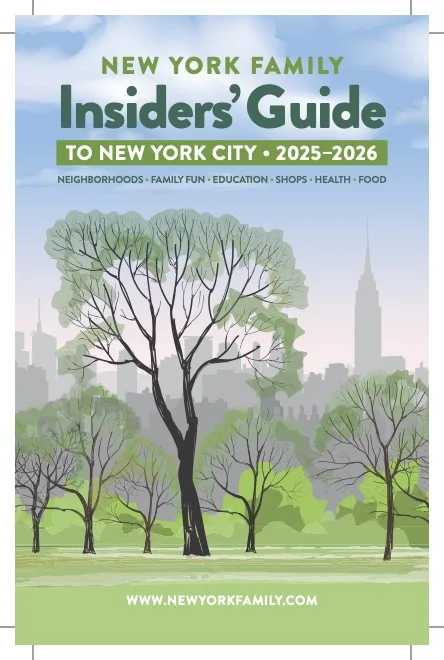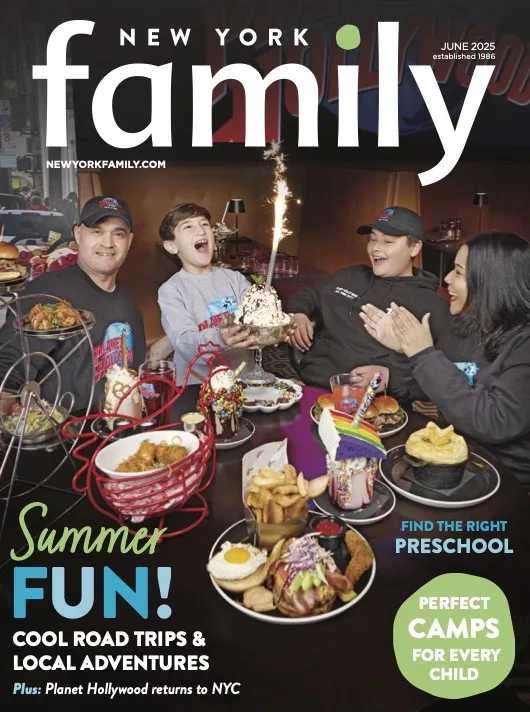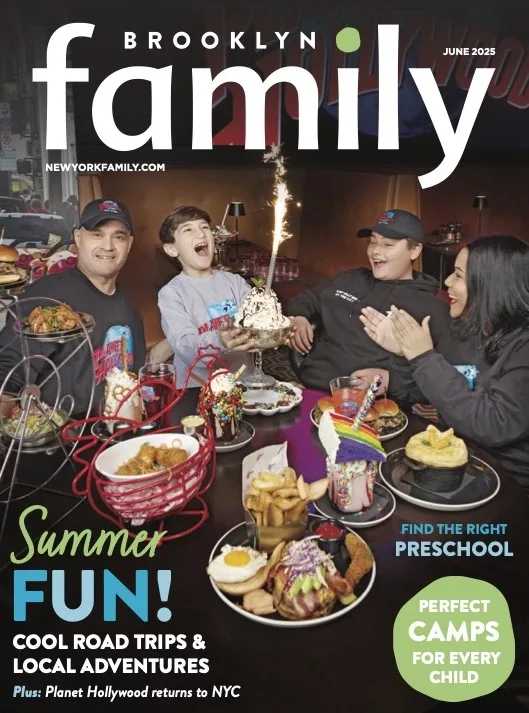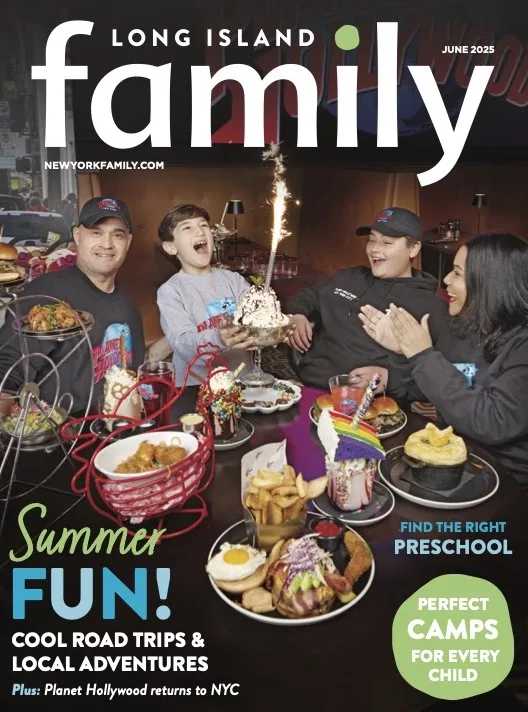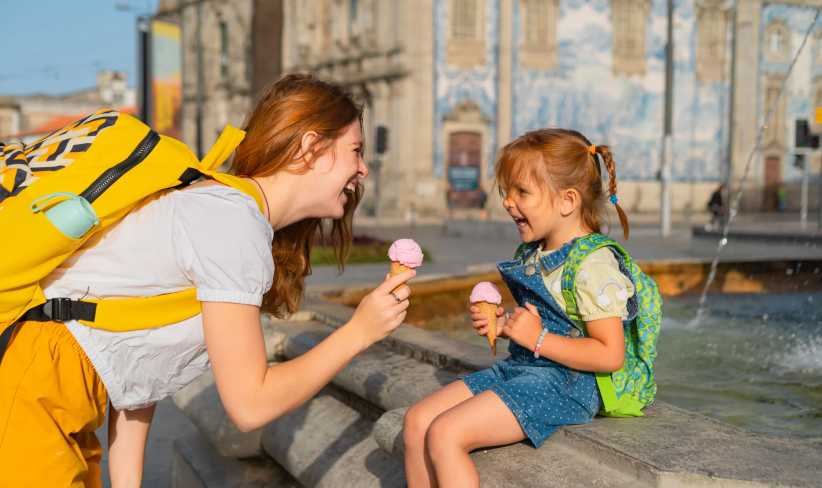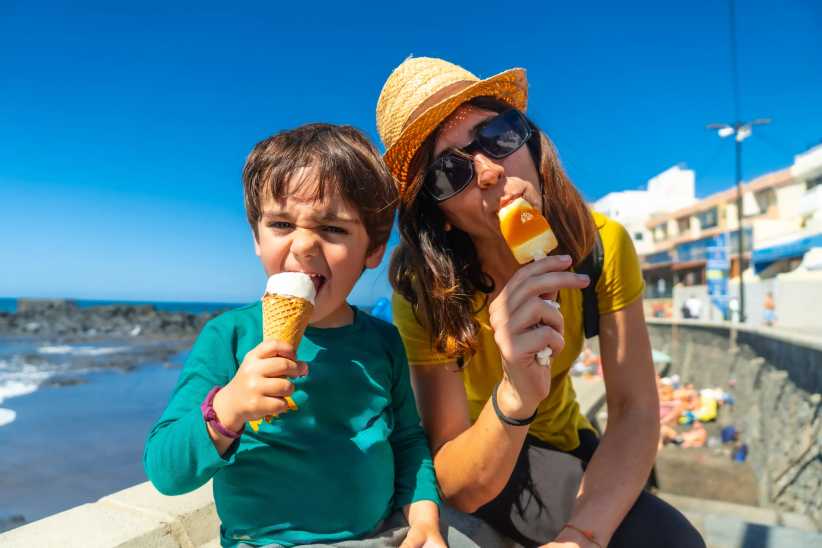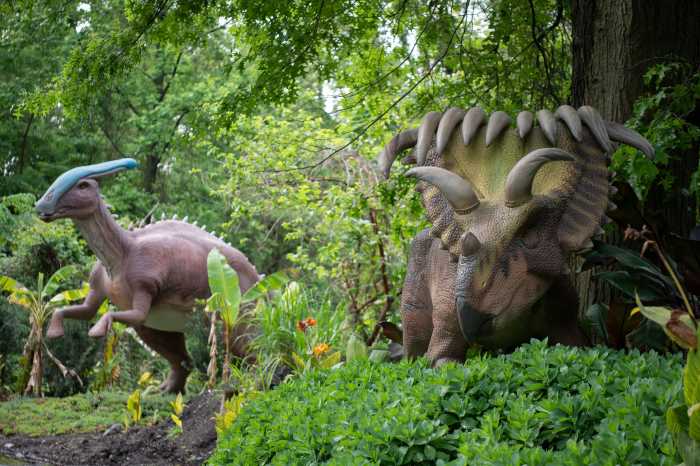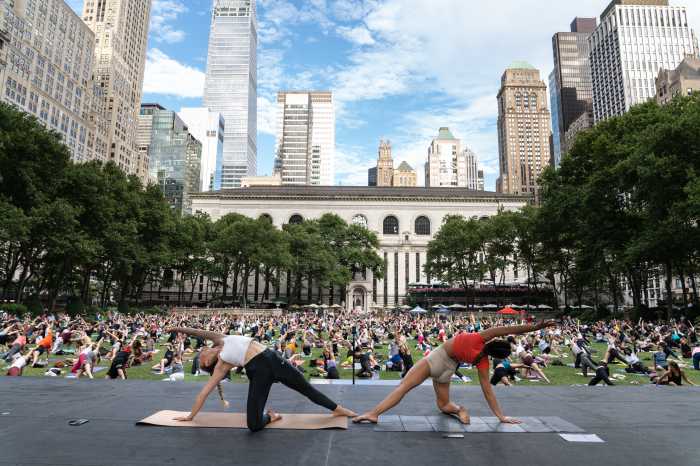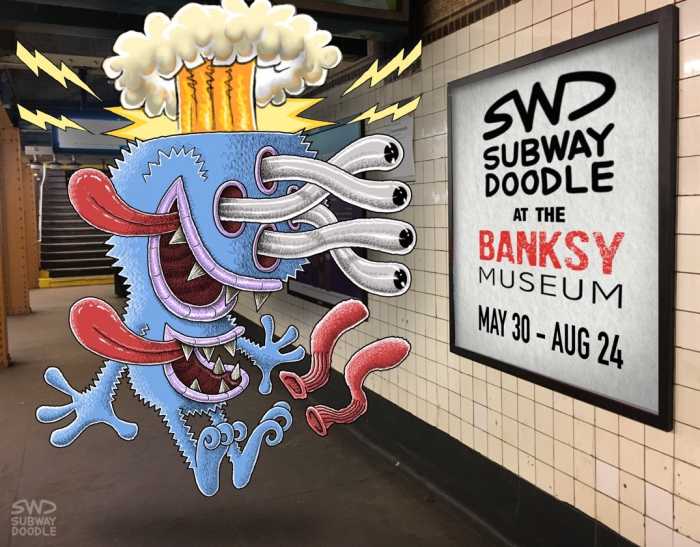Your daughter’s decision to wear her favorite princess dress to school may not be her fault. According to the science behind the American Museum of Natural History’s new exhibit “The Secret World Inside You,” her behavior may be a result of the microbes inside her brain.
The museum’s new exhibit explores the science behind microbes and the human microbiome. A microbiome consists of all of the organisms (bacteria, viruses, fungi) that live in a given place, like your body. The museum sums up the human microbiome by stating that there are more microbes in your body than stars in the Milky Way.

“Humans have always pondered who we are, what makes us human, and where we fit in the larger scheme of things,” Ellen Futter, President of the American Museum of Natural History, said. “These questions have been pursued… yet never before has this quest led us to a place as strange, as intriguing, as filled with possibilities as the human microbiome.”
The new exhibit is on display from November 7, 2015 to August 14, 2016, and features interactive displays, videos and models that illustrate the microbiome inside our bodies. The exhibit’s interactivity makes it great for kids: At each section of the exhibit there are interactive galleries where kids and adults can learn more about the microbes in different parts of the body. Visitors can build their own microbiomes, watch videos, or participate in a presentation at the end of the exhibit where they learn about the microbes on their bellybuttons.
The common misconception about microbes is that they are harmful germs. However, the exhibition highlights how the microbes in our digestive system, immune system, and brain help our bodies function from day to day.
The first part of the exhibit explores the microbes on your skin. Different areas of the skin have different types of microbes; even your left hand has different microbes than your right. However, there is research that shows that family members share many of the same microbes because they are in close proximity of one another.

As visitors move farther into the exhibit, they come to a 14-ft projection of a pregnant woman’s body. Expectant mothers and current mothers will be interested to learn how their babies come into contact with microbes both during and after birth. Babies encounter their first microbes when they pass through their mother’s birth canal. Their second encounter comes from breastmilk. These bacteria help with your baby’s immune and digestive systems, and help prevent infection. The exhibit explores how babies delivered by Cesarean are exposed differently to bacteria.
The concluding leg of the exhibit is dedicated mostly to the digestive system. Millions of microbes enter the body with every meal we eat, and the foods we consume determine which microbes enter our bodies. This portion of the museum illustrates how microbes from different foods cause bad breath, and how the absence of bacteria in the stomach can lead to obesity. Therefore, different cultures have different microbes based on differences in diet from country to country.
The exhibit was co-curated by Dr. Rob DeSalle and Dr. Susan Perkins, curators in the Museum’s Division of Invertebrate Zoology and the Sackler Institute for Comparative Genomics.
“Learning about how we behave, the food we eat, the things we do, and the antibiotics and other drugs we take and their effects on our microbiome gives each and every one of us the power to do something that directly affects our health,” Perkins said. “Working on this exhibit has changed my outlook. I do not see myself as a lone entity, I have crossed that line. I am an ecosystem and I feel really protective of those little guys inside me.”
The exhibit is open from 10 am to 5:45pm, and is free to all NYC school and camp groups. Suggested general admission is $22 for adults, $17 for juniors and seniors, and #12.50 for children. amnh.org
